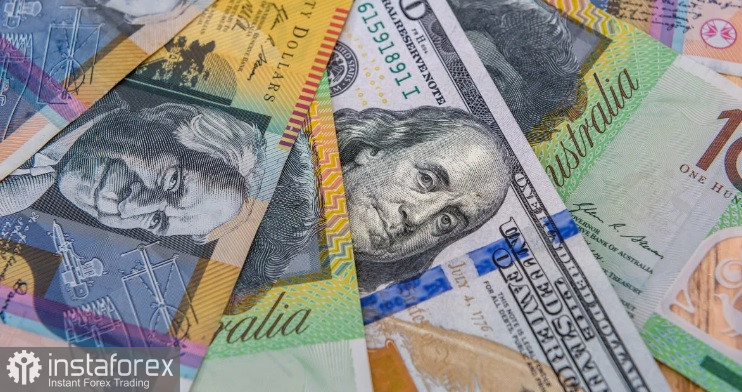
Today, the AUD/USD pair is fluctuating within a narrow trading range below the 0.6900 level, consolidating around this level, which was recorded as the highest since February 2023 and was tested earlier this week.
The U.S. dollar is gaining traction ahead of the release of the key U.S. Personal Consumption Expenditures (PCE) price index.
This creates a headwind for the AUD/USD pair's growth. Nevertheless, expectations of another significant interest rate cut by the Federal Reserve, which could occur in November, are preventing dollar bulls from taking aggressive positions. Additionally, optimistic market sentiment is limiting the dollar's gains, providing support to the risk-sensitive Australian dollar.
Following the People's Bank of China (PBOC) cutting the seven-day reverse repo rate from 1.7% to 1.5% and reducing the reserve requirement ratio (RRR) by 50 basis points, risk appetite improved. This, along with a series of stimulus measures announced this week, continues to fuel a risk rally in global stock markets, which supports the Australian dollar, particularly given the hawkish stance of the Reserve Bank of Australia (RBA).
On Tuesday, the Australian central bank reiterated that monetary policy should remain restrictive until there is confidence that inflation is moving steadily toward the target range. Additionally, RBA Governor Michele Bullock stated that recent data has not significantly impacted the policy outlook, suggesting that the path of least resistance for the AUD/USD pair remains upward, supporting the continuation of its rally over the past two weeks.
From a technical perspective, the oscillators on the daily chart, remaining in positive territory and far from the overbought zone, confirm the potential for further growth of the pair.





















